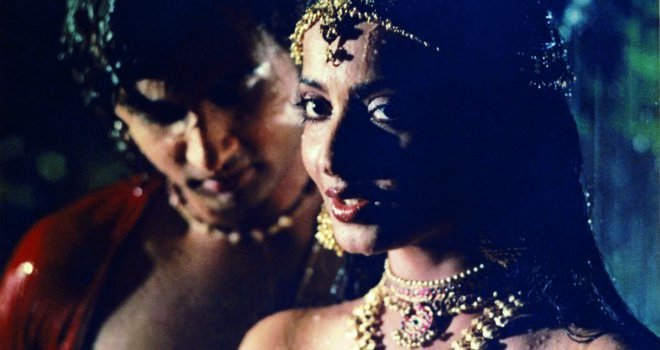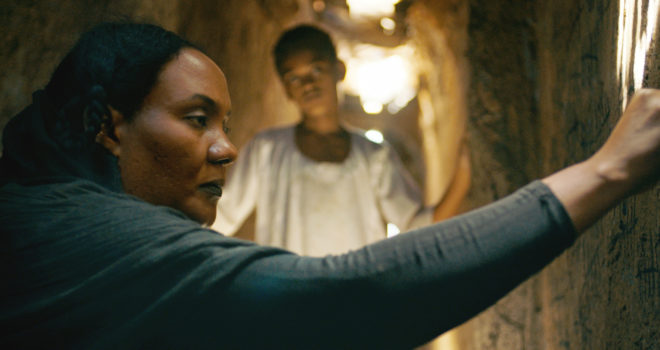In 1985, following the Israeli withdrawal from Lebanon, the village of Ain El Mir finds itself in the front lines. In these conditions, the Dagher family is forced to leave its home, now occupied by a group of resistance fighters from the Popular Democratic Party. When the conflict ends, in 1991, Ali Hashisho, one of the resistance fighters, writes a letter to the Dagher family justifying the occupation of their home for seven long years and wishes them a happy return. This letter is placed in an empty shell crate and buried in the garden. In November 2002, the director travels to Ain El Mir and has the letter dug up.
“Akram Zaatari films, in real time, a worker digging in the garden to find this precious document that establishes a material and emotional bond between fathers and children, between war and peace, between the will to preserve and the desire to understand, in short between the event and the very possibility of writing about it. To give shape to this event, Akram Zaatari has designed his film as a work of interrelation. He has divided the surface of the image into three symbolic areas: two image poles of variable size and a black background for writing, the “third body” referred to by Professor Berthier*, that allows for the friction of the other two.”
Taken from an article by Nicole Brenez




